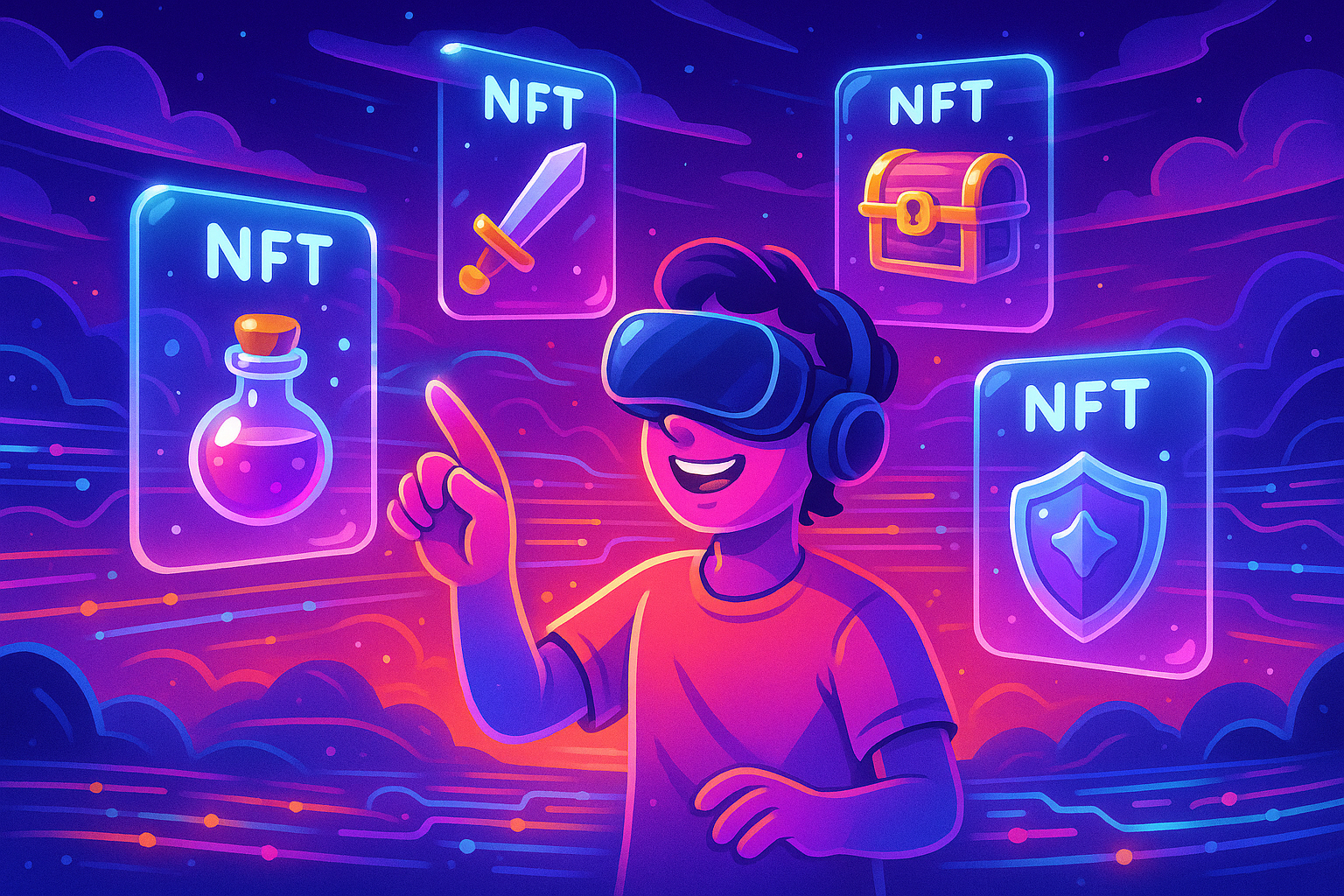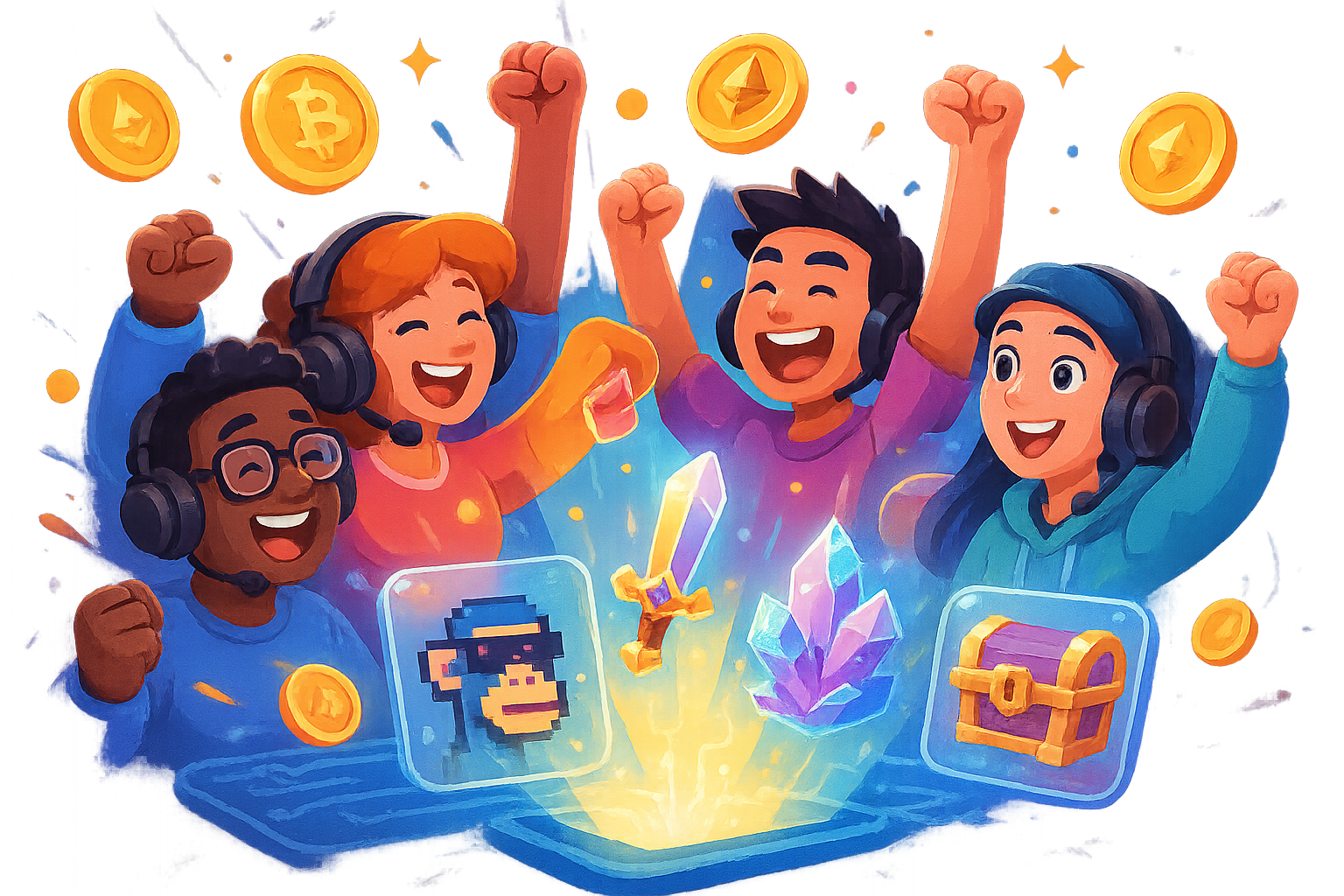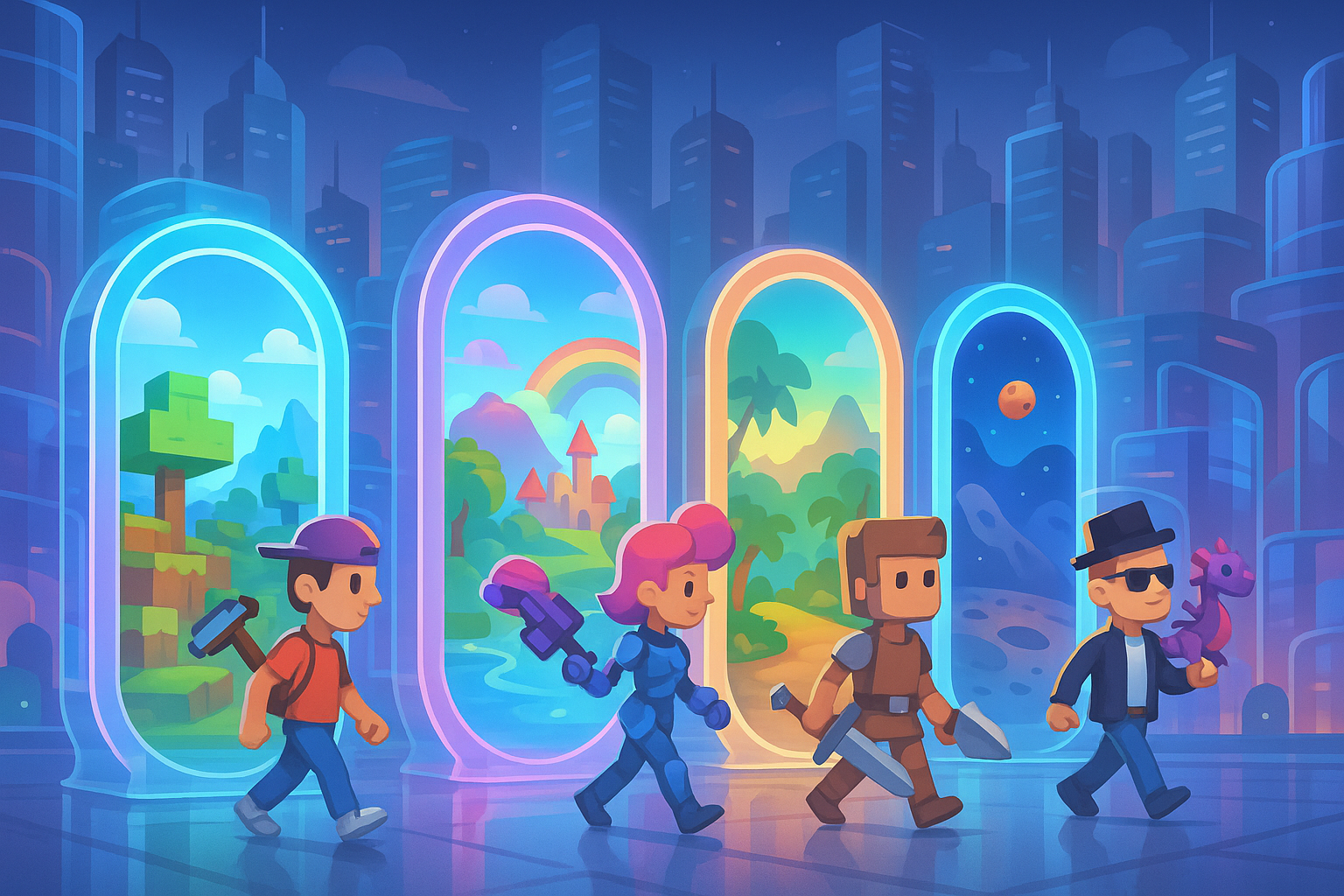Understanding the Basics of Blockchain Gaming
The gaming industry is in a constant state of evolution, with technology continually reshaping how we play, interact, and even perceive the value of our in-game achievements. One of the most significant and disruptive innovations to emerge in recent years is the integration of blockchain technology. Blockchain gaming, also referred to as crypto gaming or Web3 gaming, is more than just a fleeting trend; it represents a fundamental shift in the relationship between players, developers, and the virtual worlds they inhabit. This article will delve into the core concepts of blockchain gaming, exploring what it is, how it works, and why it holds the potential to revolutionize the future of interactive entertainment.
What Exactly is Blockchain Gaming?
At its heart, a blockchain game is a video game that incorporates elements of blockchain technology. This technology, which is the foundation of cryptocurrencies like Bitcoin and Ethereum, is essentially a decentralized and immutable digital ledger. In the context of gaming, this ledger is used to record ownership of in-game assets, track transactions, and ensure a level of transparency and security that is often absent in traditional gaming models. Unlike conventional games where all the data and assets are stored on centralized servers controlled by the game's publisher, blockchain games distribute this information across a network of computers, making it resistant to censorship and manipulation.
The most prominent application of blockchain in gaming is the use of Non-Fungible Tokens, or NFTs. An NFT is a unique digital token that can represent ownership of a specific in-game item, such as a rare sword, a unique character skin, or a plot of virtual land. Because these tokens are recorded on the blockchain, they provide verifiable proof of ownership that exists independently of the game itself. This is a radical departure from the traditional model where the items you "own" in a game are merely licenses to use them within that specific game's ecosystem. If the game's servers are shut down, your hard-earned items essentially vanish. With blockchain gaming, you have true ownership of your digital assets.

The Power of True Ownership and Play-to-Earn
The concept of true digital ownership is a cornerstone of blockchain gaming and opens up a world of possibilities for players. When you truly own your in-game assets as NFTs, you have the freedom to do with them as you please. You can trade them with other players on open marketplaces, sell them for cryptocurrency which can then be converted to real-world money, or even potentially use them in other compatible games. This creates a player-driven economy where the time and effort invested in a game can translate into tangible value.
This has given rise to the "Play-to-Earn" (P2E) gaming model, a paradigm shift from the traditional "pay-to-play" or "free-to-play" models. In P2E games, players can earn cryptocurrency or valuable NFTs through their gameplay, such as by completing quests, winning battles, or contributing to the game's ecosystem. This model transforms gaming from a purely recreational activity into one with potential economic benefits. While not every player will become wealthy, the opportunity to earn real-world rewards for their gaming skills and dedication is a powerful motivator and a key driver of the blockchain gaming movement.

How Do Blockchain Games Work Under the Hood?
Understanding the mechanics of blockchain gaming doesn't require a deep technical knowledge of cryptography. The core components are the blockchain itself, smart contracts, and a cryptocurrency wallet. The blockchain, as mentioned, serves as the secure and transparent ledger. Smart contracts are self-executing contracts with the terms of the agreement directly written into code. In gaming, smart contracts can automate in-game transactions, such as the buying and selling of NFTs, without the need for a central intermediary. For example, a smart contract could ensure that when you purchase a sword NFT from another player, the ownership of the NFT is automatically transferred to your wallet as soon as your payment is confirmed.
Your cryptocurrency wallet is your gateway to the world of blockchain gaming. It's a digital wallet that allows you to store your cryptocurrencies and NFTs securely. When you want to interact with a blockchain game, you connect your wallet to the game's platform. This allows the game to read the contents of your wallet and verify your ownership of in-game assets. It's important to remember that you are in control of your wallet and the private keys that secure it. This level of control is a significant departure from traditional gaming, where your account and all its associated items are ultimately controlled by the game's developer.
The Benefits Beyond Earning: Transparency and Interoperability
Beyond the allure of play-to-earn, blockchain technology brings several other significant advantages to the gaming world. One of the most important is transparency. Because all transactions and the ownership of assets are recorded on a public ledger, players can verify the scarcity of in-game items. If a developer claims that there are only 1,000 of a particular legendary sword in existence, players can independently verify this on the blockchain. This level of transparency builds trust between players and developers and helps to prevent issues like the unauthorized creation of rare items.
Another exciting prospect is the potential for interoperability. In the traditional gaming landscape, assets are siloed within their respective games. A skin you purchased in one game cannot be used in another. Blockchain technology opens up the possibility of creating assets that can be used across multiple games and virtual worlds. While we are still in the early stages of this, the vision is to create a more interconnected and open metaverse where your digital identity and possessions can seamlessly move between different experiences. Imagine being able to take your favorite avatar or a cherished weapon from one game and use it in a completely different virtual environment.

The Road Ahead for Blockchain Gaming
Despite its immense potential, blockchain gaming is still a relatively nascent industry and faces its share of challenges. Technical hurdles, such as scalability and user experience, are still being addressed. The onboarding process for new players, which often involves setting up a cryptocurrency wallet and understanding the basics of blockchain technology, can be a barrier to entry. Furthermore, the volatility of cryptocurrency markets can impact the value of in-game assets, introducing an element of financial risk.
However, the future of blockchain gaming looks incredibly bright. Major gaming studios are increasingly exploring the possibilities of this technology, and the underlying infrastructure is constantly improving. As the technology matures and becomes more user-friendly, we can expect to see a new wave of innovative and engaging blockchain games that seamlessly blend the best of traditional gaming with the empowering features of decentralization. The core principles of true ownership, player-driven economies, and enhanced transparency are powerful concepts that have the potential to fundamentally change the way we play and interact with games for years to come. The journey of blockchain gaming is just beginning, and it promises to be a thrilling ride for both players and developers alike.

